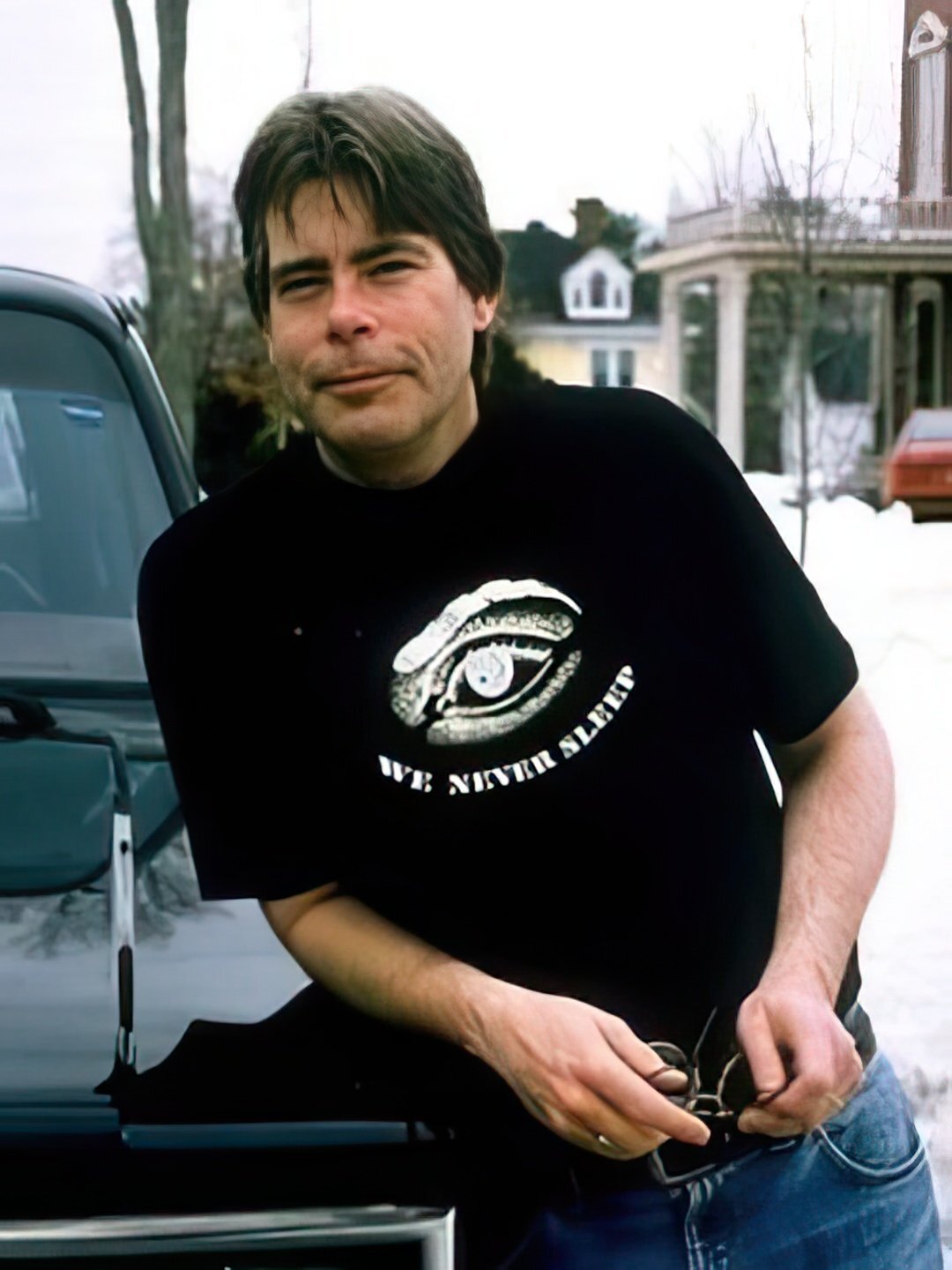Stephen King's Biography
Stephen King is a legendary American author who's written over sixty novels and two hundred novellas, short stories, and screenplays. His works have received the Bram Stoker Awards and the World Fantasy Awards. Thanks to his mastery of horror mixed with thriller, detective, drama, mystery, and fantasy elements, readers have dubbed him the "King of Horror."He's one of the most adapted writers in history. Countless films have been based on his works, including "The Shining," "The Green Mile," "1408," "It," "Carrie," "Pet Sematary," and dozens more.
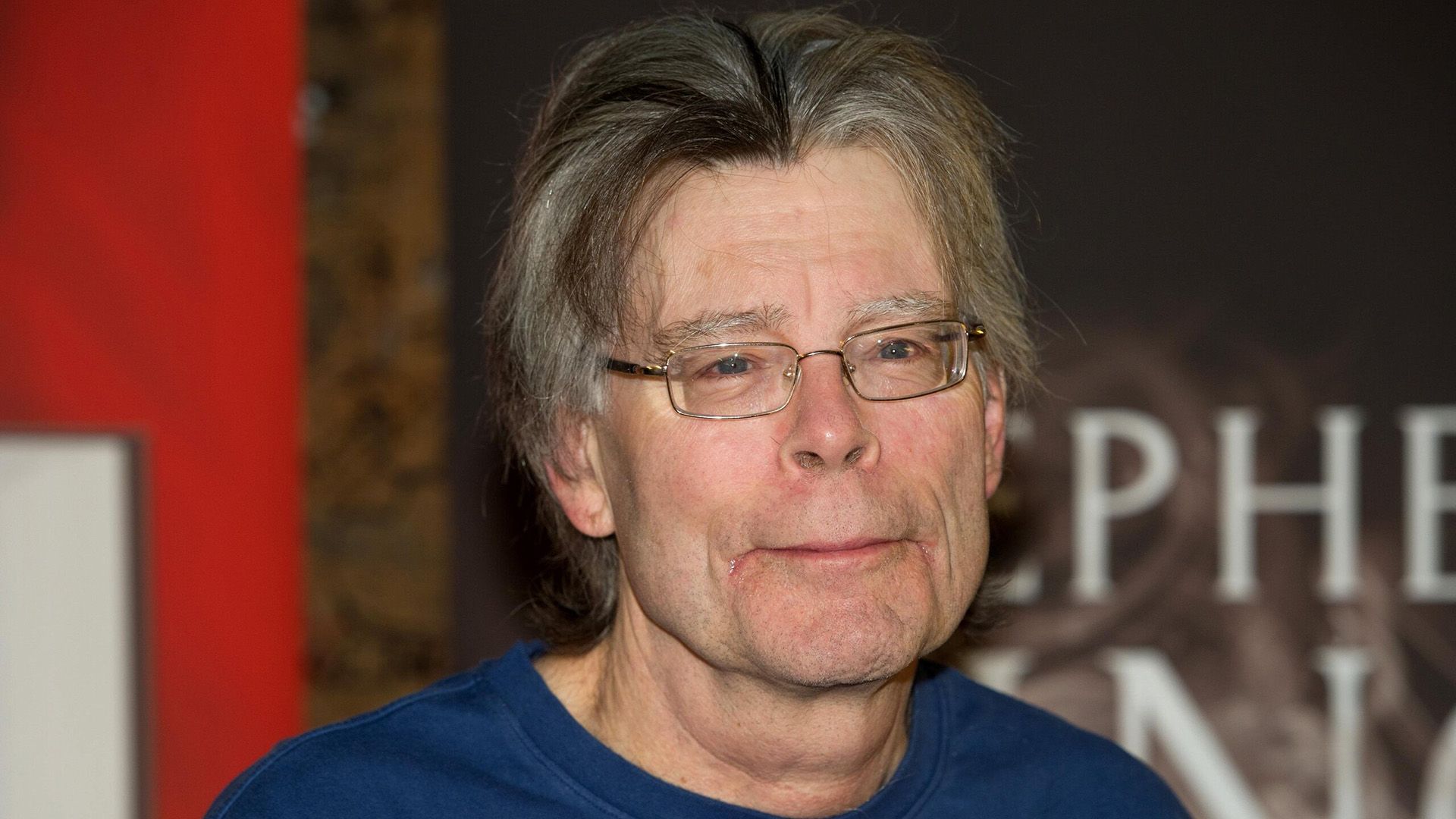
Childhood, Youth, Family
Stephen Edwin King was born in the fall of 1947 to Donald Edwin King and Nellie Ruth Pillsbury in Portland. His home state of Maine, with its dense pine forests and eerie fogs, would later become the backdrop for most of his novels.His father was a ship captain in the merchant fleet, and his mother was a pianist. When doctors told her she couldn't have children, the couple decided to adopt. That's how adopted son David Victor King joined the family. Two years later, Nellie Ruth discovered she was pregnant, and Stephen was born.
Having sons couldn't save their marriage. One day, Donald left the house "to buy cigarettes" and never came back. When the boys asked where their father was, Nellie would shrug it off: "The Martians took him!" though she suspected where her husband had really gone. Years later, after King became famous, journalists tracked down Donald. After abandoning his family, he spent his entire life in Pennsylvania with a Brazilian wife who gave him four children.
Putting thoughts of her runaway husband behind her, Nellie asked relatives for help and found work. She worked as a saleswoman and maid, taking any job she could find to feed her growing boys. The family moved frequently from city to city before finally settling in West Durham.
Stephen was a sickly child from early on, suffering severely from measles, then enduring terrible pain when doctors pierced his eardrums—a procedure needed to drain accumulated infectious fluid. Because of his poor health, he had to repeat first grade twice.
To distract her son from dark thoughts, Nellie encouraged him to start writing down his ideas and creating his own characters. Stephen loved reading comics and watching horror movies. Even though they gave him nightmares, he loved that feeling of fear when he completely lost control of his emotions. Among his favorite reads were stories about Spider-Man, the Hulk, and Ray Bradbury's "The Martian Chronicles."
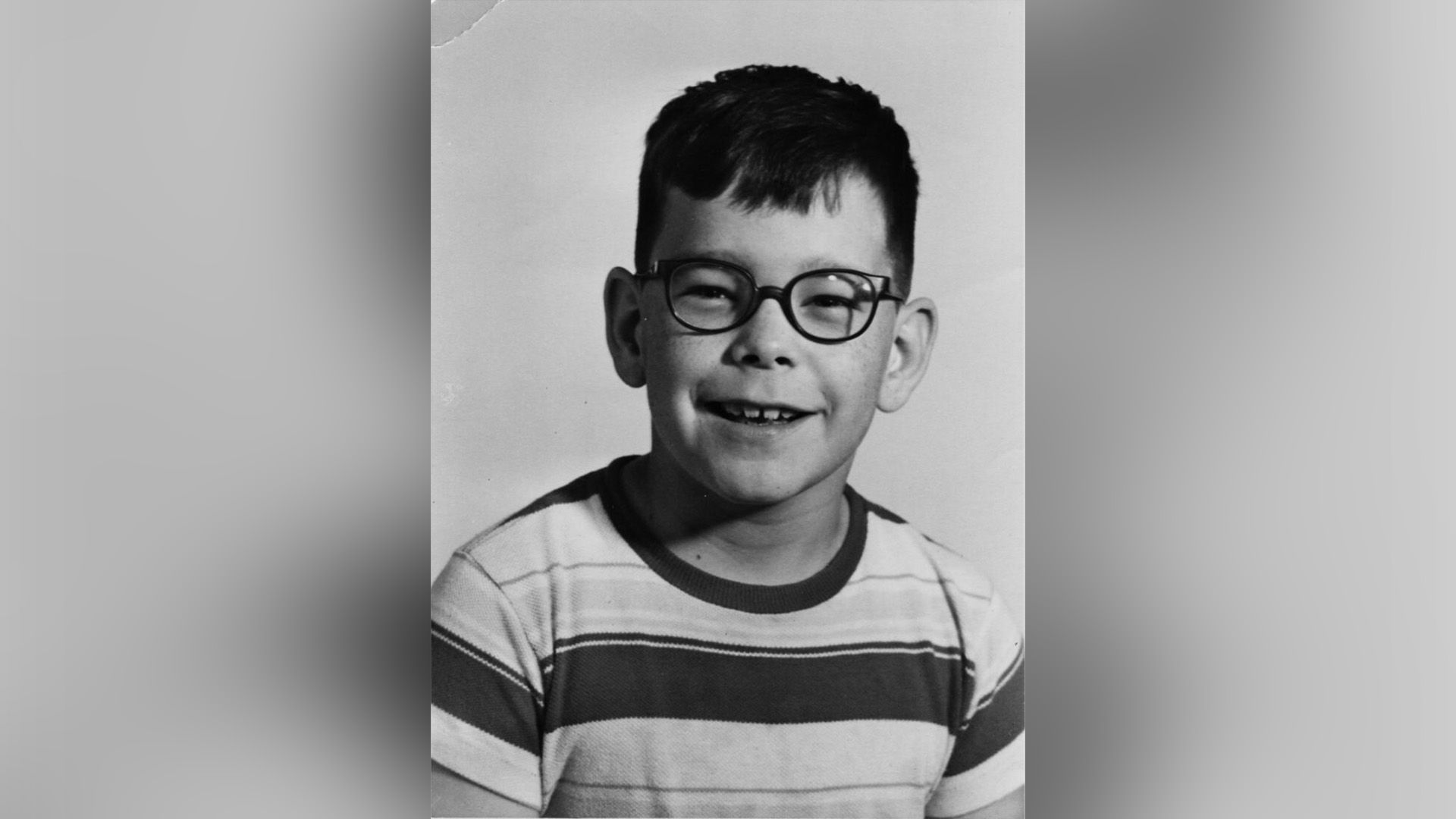
Inspired by the film "The Pit and the Pendulum," based on Edgar Allan Poe's story, King wrote a new novella and printed forty copies on a hectograph.
Around age fourteen, Stephen discovered a collection of dark stories by H.P. Lovecraft called "The Lurking Fear." Later, the writer said that at that age, these kinds of books help people "in a state of severe sexual insecurity, and the imagery of the author's stories has something Jungian about it."
Debut Novel
In 1959, King began publishing the newsletter "Dave's Rag." Together with his brother, he sold it to acquaintances and friends. His brother reported news he managed to gather, while Stephen wrote movie reviews and published his stories.After finishing school, the young man planned to volunteer for the Vietnam War but listened to his mother, who worried about his poor eyesight and fragile health.
King enrolled in college and simultaneously worked at a textile mill, packaging finished products. His most vivid memory was the swarms of rats in the basement (which he later wrote about in "Night Shift").
Despite his family's poverty, Stephen managed to graduate from college and then the English Literature Faculty at the University of Maine. With a bachelor's degree, King taught English at Hampden Academy, worked as a janitor in the evenings, and wrote in his free time. Money was tight, and his writing career wasn't taking off—publishers kept rejecting his stories.
The idea for his debut novel struck him while cleaning a women's locker room, thinking about the struggles of teenage girls. That evening, he began writing a story about a schoolgirl with supernatural abilities.
King tossed the first draft in the trash, convinced it was a failure. However, his wife Tabitha retrieved the pages, read them, and insisted that he continue working on it. "There's something here," she said.
King completed the novel but received 30 rejections from publishers. Finally, in 1973, Doubleday accepted the manuscript and offered a $2,500 advance—a fortune to King. The family couldn't afford a home phone, so the publisher had to send a telegram to deliver the good news.
"Carrie" was published in 1974. Sales started slow, but when the paperback rights sold for $400,000 (King's half was $200,000), his life changed forever. He was able to quit teaching and fully dedicate himself to writing. King's second novel, "Salem's Lot," quickly followed and was published in December 1975.
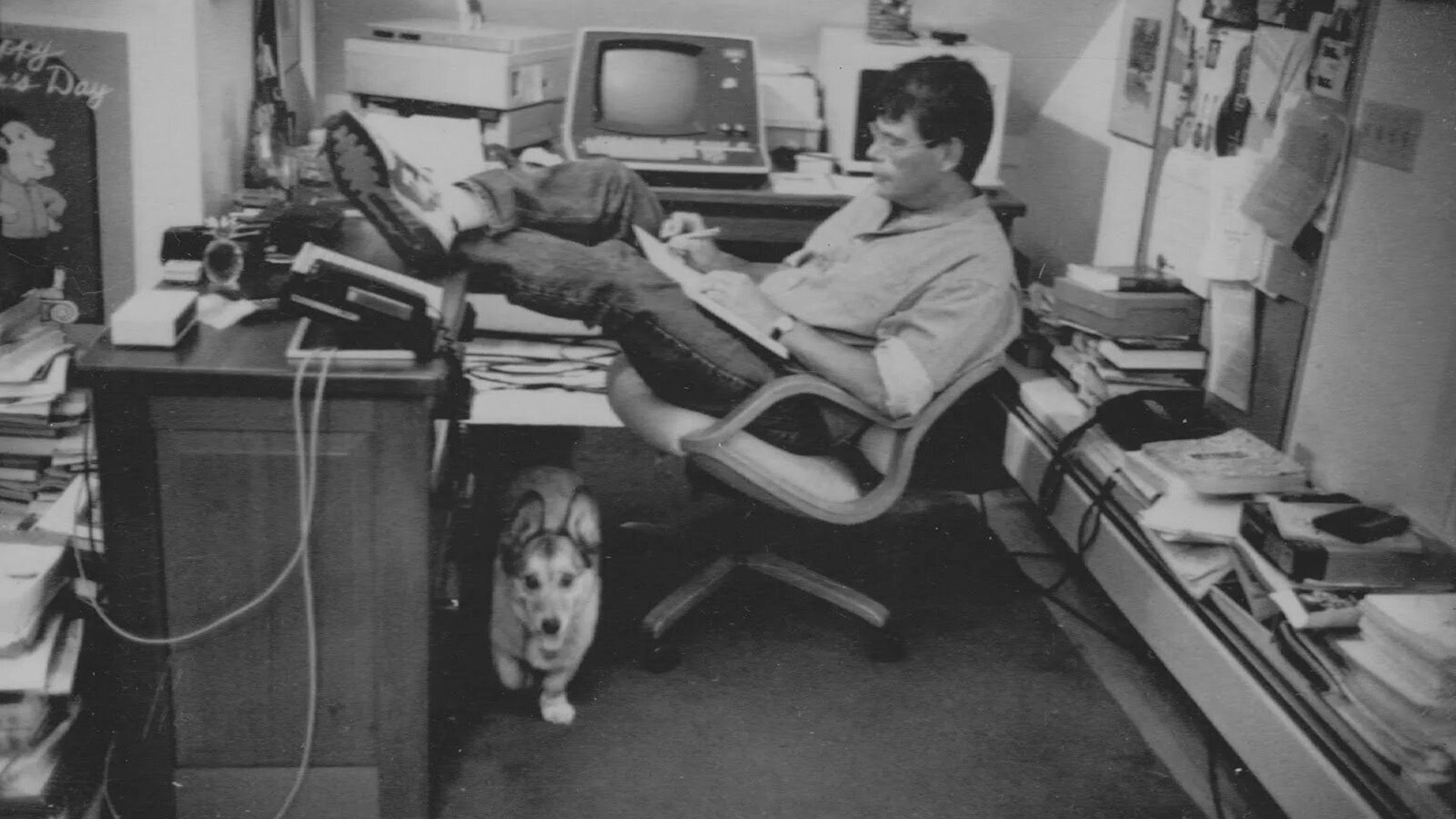
"The Shining"
After releasing his second book, King traveled to Colorado with his family. They stayed at the famous Stanley Hotel in the town of Estes Park. Tourist season was over, the hotel was closing for winter, and the Kings found themselves alone in the sprawling Victorian building.That first night, King had a nightmare about his three-year-old son running through the hotel's empty corridors, fleeing some nameless terror. He woke in a cold sweat and stepped onto the balcony for a cigarette. Staring at the towering peaks, he knew he'd found his next story.
But his real inspiration came from a darker place—his own struggles. King was drinking heavily then, and it was tearing his family apart. He was terrified the booze would turn him into a monster who'd hurt his kids. Those fears became Jack Torrance—a writer slowly losing his mind in the claustrophobic Overlook Hotel.
Writing the novel was brutal—King was fighting his own demons with every page. King later admitted Jack Torrance was him—or what he could've become without getting sober. The story cut so deep he sometimes had to stop writing and walk away. The novel tapped into King's deepest fears—hurting his children, losing control, being trapped with nowhere to run. The Overlook became a prison for everything dark in the human heart.
The book was finished in 1977. King wrote it while walking a tightrope—between sobriety and the bottle, between loving his family and wanting to destroy everything. Maybe that's what made the book so brutally honest.
"The Shining" transcended typical horror—it became a raw examination of addiction, fatherhood, and falling apart. Critics consider it one of King's most psychologically honest works.
In 1980, director Stanley Kubrick adapted "The Shining" into a film. The film eventually gained cult status, but King stayed bitter about it. He felt Kubrick missed the point entirely—turning his deeply personal story about battling inner demons into flashy, hollow horror. "Watching an anthill for three hours would be more emotionally engaging," King fumed.
Richard Bachman
In 1977, readers saw another King novel, "Rage", on bookstore shelves under the pseudonym Richard Bachman.Publishers back then believed that a "normal" selling author shouldn't release more than one book per year, but King was incredibly prolific. He also wanted to see if he could replicate his success without his already famous name, which led him to this clever experiment.
Under this pseudonym, he also wrote works like "The Long Walk" (written in 1966, published in 1979), "Roadwork" (1981), "The Running Man" (1982), and "Thinner" (1985). Bachman's books were different from King's usual works—darker and more pessimistic, with fewer supernatural elements, focusing instead on psychological tension and social commentary.
The revelation occurred in 1985. A bookseller and literature fan, Steve Brown, noticed similarities between King's and Bachman's writing styles. He did some digging and found copyright documents in the Library of Congress that listed Stephen King as the author of Bachman's books.
King responded to the situation with humor. He even wrote a mock obituary for Bachman and later published a collection called "The Bachman Books," complete with a foreword about the "life and death" of his alter ego. After the reveal, only one more novel came out under the Bachman name—"The Regulators" (1996), presented as a "manuscript found in the late author's papers." This novel was intended as a companion book to "Desperation," released in the same year.
"Rage" and Its Self-Ban
King wrote the novel "Rage" while still in high school, around 1965. The story follows high school student Charlie Decker, who brings a gun to school, kills two teachers, and takes his classmates hostage.The tragic connection between the book and reality began in 1988. Jeffrey Lyne Cox, who took hostages at his school in California, claimed he was inspired by King's novel. In the following years, several similar incidents occurred: in 1989, Dustin Pierce took hostages at a Washington school, in 1996, Barry Loukaitis held students hostage in Moses Lake, and in 1997, Michael Carneal opened fire at a Kentucky school.
In every case, the attackers had copies of "Rage," and they said the book influenced their actions. After the Kentucky shooting, King made an unprecedented decision: he asked his publisher to stop printing the novel. "Rage" hasn't been officially reprinted since.
In his 2013 essay "Guns," King wrote:
Today, "Rage" is one of King's rarest books. Old copies sell for huge amounts at auctions, but King himself asks people not to seek out the book. According to King, the novel was written by an angry young man who didn't fully understand the consequences of what he'd created.I withdrew 'Rage' not out of a sense of censorship or shame. I did it because I realized the book could be dangerous for unstable minds. Maybe my book didn't make these kids kill, but it could have served as a kind of catalyst.
"It"
Stephen King got the idea for "It," one of his most famous works, in 1978. The inspiration struck during a walk (naturally, it was in Maine), when King crossed a bridge over a river. He remembered an old fairy tale about a troll living under a bridge. This got him thinking about a creature lurking in dark places and terrorizing children.He began working on the novel in 1981. King set out to write "a great novel about childhood, a work that would explore not only supernatural horrors but also the very real fears and traumas of childhood."
The setting, the fictional town of Derry, draws features from Bangor, Maine, where King lived. Many locations in the novel have real-life counterparts: a water tower, a sewer system, and a bridge where key events occur.
In creating Pennywise, King drew from his observation: children hate clowns, they fear them. He was inspired by serial killer John Wayne Gacy, who worked as a clown at children's parties.
Writing the novel took four years (1981-1985). King called it one of the most challenging periods of his career. He was still battling cocaine addiction, the material kept growing out of control, and the complex narrative structure demanded meticulous attention to detail.
King used an unusual structure: the narrative constantly shifts between two timelines, the characters' childhood and adult life, showing how the past affects the present.
Many elements of the novel are autobiographical. The fears and experiences of the child characters draw from King's own childhood. The writer Bill Denbrough mirrors some of King's own traits, and the bullying scenes are based on real incidents from King's school days.
The novel was published in 1986. It won the British Fantasy Award and was nominated for the World Fantasy Award. Since then, "It" has become one of the defining works in 1980s horror and remains one of King's most popular books.
The book is massive: about 1100 pages with a complex structure featuring multiple timelines and a blend of various genres. It's simultaneously a horror story, a coming-of-age drama, and a historical chronicle of the town. King explores the nature of fear and the phenomenon of collective memory.
Some aspects of the novel sparked controversy. Certain scenes, especially in the childhood timeline, drew criticism for being overly explicit. Still, the novel's cultural impact is hard to overestimate. Pennywise has become one of the most recognizable figures in horror literature. The novel was adapted into two successful screen versions: a 1990 mini-series and films from 2017-2019.
"The Stand"
One of King's most epic novels was published in 1978, and the idea began in 1975 when the young writer watched a news report about a chemical weapons leak at a military base. Several sheep died in the incident, but Stephen wondered, "What if such a leak led to a global catastrophe?"Initially, King planned to write something like "The Lord of the Rings" set in contemporary American reality, an epic tale about the battle between good and evil after an apocalypse. He began working on the novel under the working title "The Dark Man."
The novel proved difficult to write—the scale of the story kept expanding. King stopped several times, unsure how to handle the multitude of characters and plot lines. King especially struggled to devise a plausible reason for the survivors to start gathering in groups.
The solution came unexpectedly: King incorporated a mystical element into the narrative—shared dreams that drew survivors either to the benevolent Mother Abagail or the demonic Randall Flagg.
The first version of the novel, published in 1978, was significantly shorter than planned. The publisher insisted on cutting approximately 400 pages for financial reasons—a thicker book would cost more and might deter readers.
In 1990, when King had become an acclaimed master, he released the complete version of "The Stand," restoring the deleted material and adding new scenes. This version was 329 pages longer than the first. He also updated cultural references and time markers, shifting the setting from the 1980s to the 1990s.
King considers "The Stand" one of his most important works. It introduced the character Randall Flagg, who later appeared in other books, becoming one of the key antagonists in King's universe.
The novel touches on themes that have always concerned the writer: the struggle between good and evil, the strength of the human spirit, the danger of technological progress, and the importance of personal choice. In many ways, it's King's most "American" novel—the characters' journey across an empty country becomes a metaphor for the search for a new American identity.
"Misery"
The origin story behind "Misery," one of King's most intense novels, is deeply rooted in his personal struggles with fame and the complex relationship between writers and their readers.The idea for the novel came to King in 1984 during a flight from New York to London. He fell asleep on the plane and had a vivid dream about a woman holding a writer captive, forcing him to write a book. Upon waking, he immediately began taking notes.
King later revealed that the novel served as a powerful metaphor for his cocaine addiction. Annie Wilkes, the obsessive fan who holds writer Paul Sheldon captive, symbolized his dependency on cocaine. Just as Annie relentlessly demanded new books from Paul, cocaine relentlessly demanded that King keep using.
King penned "Misery" while battling his own addiction. As Stephen recalled, "I was like Paul Sheldon, chained to the bed by addiction, but I kept writing because it's the only thing I know how to do."
The novel also reflected King's experience with fans. By that point, he'd already achieved fame and was receiving countless letters from readers. Some of them were quite frightening. One letter particularly disturbed him—from a fan who threatened suicide if King didn't write another book about Christine (the possessed car from his earlier novel).
Working on the book was difficult. King admitted that some scenes were so intense and morally complex that he had to step away from writing. The amputation scene proved especially challenging—King actually researched 19th-century amputation methods to write it authentically.
The novel was published in 1987 and immediately became a bestseller. Critics hailed it as one of King's most psychologically intense works. The book won the Bram Stoker Award for Best Novel.
In 1990, the acclaimed film adaptation hit theaters with Kathy Bates delivering an Oscar-winning performance as Annie Wilkes. King himself praised the film, calling it one of the best adaptations of his works.
"Misery" is widely considered one of King's most personal novels—and for good reason. It captured his deepest fears: losing the ability to write, being trapped by his own success, becoming enslaved by addiction (both narcotic and creative), and dealing with obsessive fans. King later said that working on "Misery" helped him overcome his own demons and better understand the nature of addiction.
Drug Addiction
King's addiction struggles started in the late 1970s, after he'd already established himself as a major literary force. It started with alcohol, and then he began using cocaine. By his own account, cocaine helped him write faster and produce more work, allowing him to cope with mounting pressure from publishers and hungry readers.His addiction reached its peak in the early '80s. During this period, novels like "Cujo," "The Tommyknockers," and "Pet Sematary" were written. King has admitted he barely remembers writing "Cujo" – he was in a constant state of intoxication throughout the process. His writing desk told the whole story: beer cans, cocaine, nasal drops (his septum was damaged), cigarettes, antacid tablets (for stomach problems), and medicine bottles.
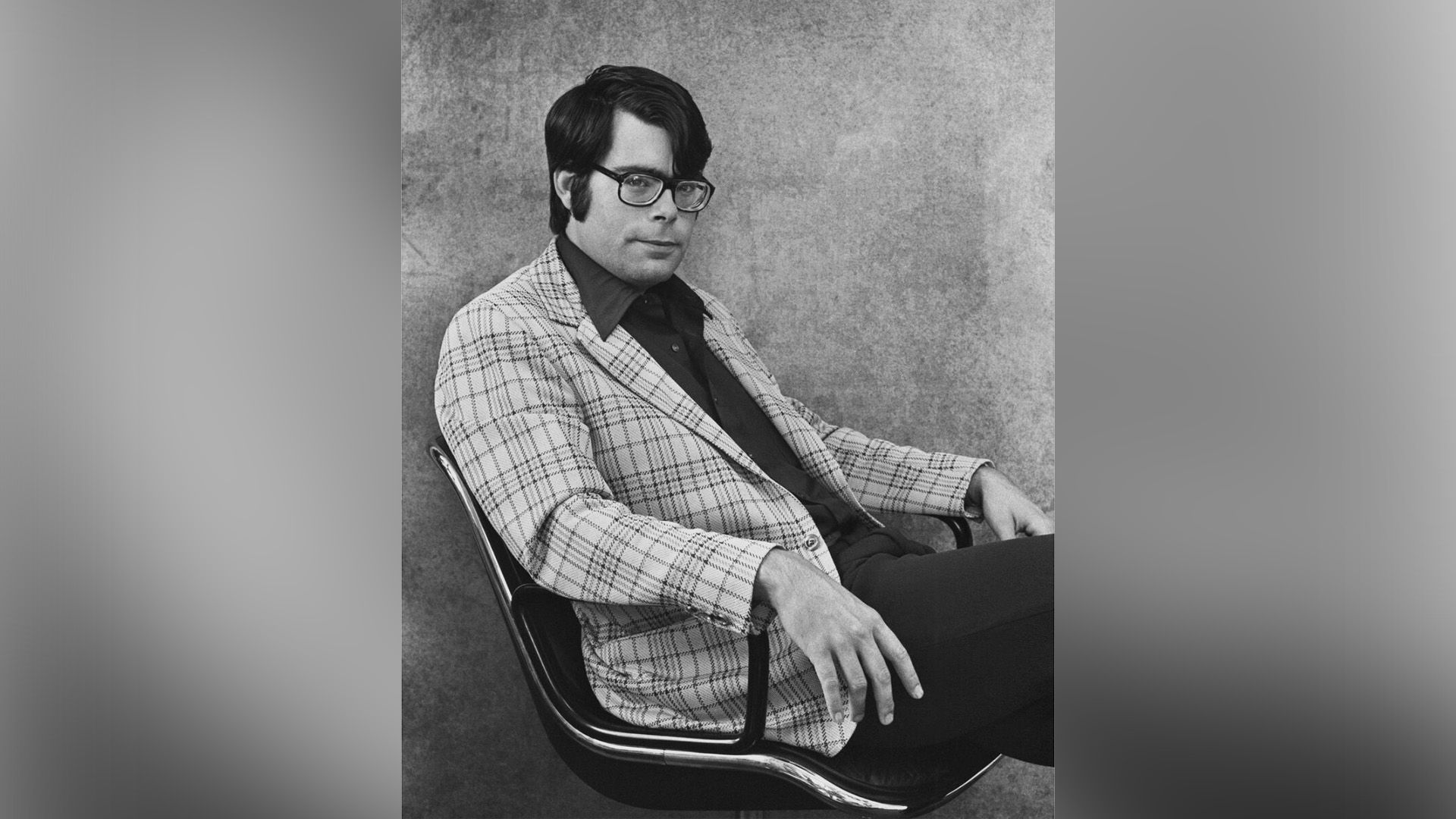
This became a turning point. King agreed to get treatment. He started attending AA and NA meetings and entered rehabilitation. He's been sober since 1988.
Once clean, King worried he'd lost his ability to write without chemical assistance. But his first sober novel, "Needful Things," proved those fears wrong.
In his memoir "On Writing: A Memoir of the Craft," King openly discussed his struggle with addiction. He's said the most terrifying realization was knowing his children had seen him at his worst.
"The Dark Tower"
"The Dark Tower" represents Stephen King's longest and most ambitious project, a creative journey spanning over 30 years.The idea struck King in 1970 when he read Robert Browning's poem "Childe Roland to the Dark Tower Came." The second inspiration was Sergio Leone's film "The Good, the Bad and the Ugly"—King wanted to blend western atmosphere with fantasy elements, and he knew his main character would inevitably resemble a young Clint Eastwood.
In 1977, King began writing the first book of the series—"The Gunslinger." The novel's iconic opening line, "The man in black fled across the desert, and the gunslinger followed," came to him while sitting by the sea in Maine. He considers this line one of the best in his work.
The first novel of the series was serialized in "Fantasy and Science Fiction" magazine from 1978 to 1981. "The Gunslinger" was published as a standalone book in 1982 with a limited print run.
There were long gaps between the publications of the subsequent parts:
- "The Drawing of the Three" (1987)
- "The Waste Lands" (1991)
- "Wizard and Glass" (1997)
- "Wolves of the Calla" (2003)
- "Song of Susannah" (2004)
- "The Dark Tower" (2004)
- "The Wind Through the Keyhole" (2012, takes place between the 4th and 5th volumes)
"The Dark Tower" stands out for how it connects many other King works. It features characters and references to novels like "The Shining," "The Stand," "Hearts in Atlantis," "The Talisman," "Desperation," and many others. King calls this series his "Lord of the Rings"—the central work of his entire career.
In 2003, King revised the first volume, adding about 35 pages and correcting inconsistencies with the later books.
King himself appears as a key character in the series, making it part metanovel. Many readers find parallels between Roland's journey and King's own battle with cocaine addiction, which he overcame.
The Accident
On June 19, 1999, Stephen King faced what would become one of the most harrowing moments of his life—an accident that nearly killed him. That summer afternoon, King was out for his regular walk near his Maine home. He was walking along the roadside of Route 5 in the town of Lovell. Around 4:30 PM, Bryan Smith's Dodge RAM van veered off the road and slammed into the bestselling author.The impact was severe. The impact hurled King 14 feet into a roadside ditch. His injuries were devastating: a shattered right hip, his right leg broken in nine places, head trauma, fractured ribs, a punctured lung, plus countless cuts and bruises. It's a miracle he lived.
The first paramedic on scene later admitted he didn't think King would make it. Stephen was rushed to Central Maine Medical Center. Doctors performed five surgeries over the next 10 days. At first, amputation seemed inevitable, but surgeons managed to save his leg. King spent three weeks in the hospital, followed by months of rehabilitation.
Smith wasn't drunk, despite his long history of traffic violations. He blamed the crash on his dog distracting him from the passenger seat. It was later discovered that he had vision problems. Smith got a six-month suspended sentence and lost his license temporarily. Exactly one year later, Smith died of a drug overdose on King's birthday—the kind of eerie coincidence that could've come straight from one of King's own novels.
King actually bought the van that nearly killed him, planning to take a sledgehammer to it once he recovered. His agent talked him out of it, though, and the van went to the scrapyard instead.
The crash profoundly changed King's writing. A similar incident is mentioned in the novel "From a Buick 8," and his rehabilitation experience is reflected in the novel "Lisey's Story." Afterward, he rushed to complete "The Dark Tower" series, terrified he might die before finishing his magnum opus.
The physical toll was brutal: sitting at his desk became agony, his writing pace slowed, and he battled chronic pain and memory problems. But King wasn't about to quit. The first book he wrote after the accident was "On Writing: A Memoir of the Craft," part memoir, part guide for aspiring authors.
New Works
As the new millennium arrived, King kept churning out novels at his trademark relentless pace.- "Dreamcatcher" (2001). A story about four men facing an alien invasion. King wrote the novel while recovering from a devastating 1999 accident, channeling his trauma and pain into the story.
- "Lisey's Story" (2006). One of King's most deeply personal works, diving into creativity itself and his relationship with his wife. It follows a famous writer's widow as she uncovers her late husband's terrifying secrets.
- "Under the Dome" (2009). An epic tale of a small town suddenly trapped under a mysterious invisible dome. The novel dissects how people behave when pushed to extremes while taking aim at power corruption. One of King's longest books, it shows off his genius for weaving together dozens of interconnected characters.
- "11/22/63" (2011). The story follows a teacher who travels back in time to stop JFK's assassination. Widely considered one of King's finest later works, it delivers a perfectly crafted historical atmosphere while exploring time's nature and how our choices ripple through history.
- "Doctor Sleep" (2013). The long-awaited sequel to "The Shining," following Danny Torrance as an adult. The novel tackles inherited trauma and the struggle to overcome addiction. Critics hailed it as that rarest of things: a sequel that actually works.
- "Revival" (2014). A pitch-black story about an electricity-obsessed preacher and his devastating impact on the protagonist's life. One of King's bleakest novels, drawing heavy inspiration from Lovecraft.
- The "Mr. Mercedes" Trilogy (2014-2016). A detective series pitting a retired cop against a psychopathic killer. A rare King venture into straight crime thriller territory—no supernatural elements in sight.
- "The Outsider" (2018). A clever blend of detective work and horror that starts as a criminal investigation before morphing into supernatural thriller territory. King masterfully weaves together gritty police realism with genuine terror.
- "The Institute" (2019). The story of kids with psychic powers trapped in a sinister secret facility. A return to King's classic good-versus-evil theme told through child protagonists—vintage early King territory.
- "Billy Summers" (2021). A noir thriller following a hitman determined to pull off one final job. Shows off King's mature mastery of complex characters and nail-biting storytelling.
- "Fairy Tale" (2022). An epic fantasy following a boy who discovers a gateway to a parallel world.
- "Holly" (2023). A spin-off from the "Mr. Mercedes" trilogy that puts private detective Holly Gibney front and center. Blends detective elements with King's attempt to process the aftermath of the COVID-19 pandemic.
Stephen King's Personal Life
Stephen King met his future wife, Tabitha Jane Spruce, in 1967 while still a university student. There's something poetic about the future king of horror meeting his queen surrounded by books in the university library. Stephen worked there, and Tabitha Spruce was reading poems at a literary seminar. The young couple hit it off immediately – both were writers, both loved literature, and both dreamed of creative careers."She looked incredibly beautiful in her purple dress," King later recalled. Their first date took place in a pizzeria, where they talked for hours about books, poetry, and their literary ambitions. Tabitha also wrote, mainly poetry, and Stephen was impressed by its depth.
They married on January 2, 1971. The wedding was modest, as both were poor students. The newlyweds spent their honeymoon in a small trailer loaned to them by friends. In those days, Stephen worked at an industrial laundry, and Tabitha at Dunkin' Donuts. Money was tight, but they were happy.
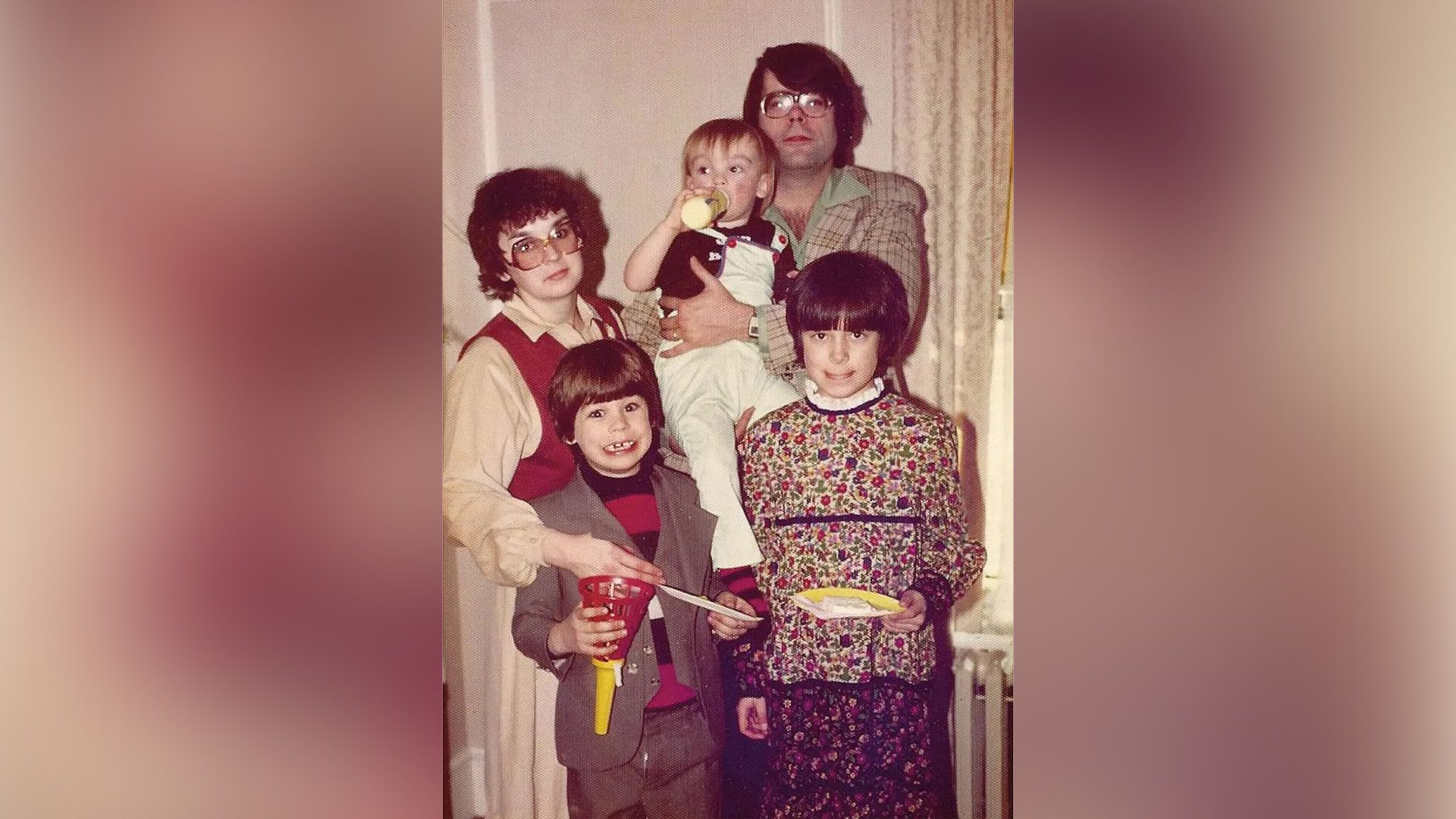
When King hit it big, life changed but their relationship didn't. Tabitha remained Stephen's main reader and critic. She stood by him during the toughest times, especially during his struggles with alcohol and drug addiction. In 1987, it was Tabitha who organized the intervention that helped King start his recovery journey.
Their marriage survived every challenge – fame, money, and addiction. They raised three children – Naomi, Joe, and Owen. Two of them, Joe and Owen, also became writers. Joe writes under the pseudonym Joe Hill. Naomi works as a minister at a Unitarian Universalist church in Plantation, Florida, and lives with her partner, Thandeka. Their sons have given King five grandchildren.
"My wife is the one person I couldn't live without," King admits. After more than 50 years together, Stephen and Tabitha King are still one of literature's strongest couples. They still live in Bangor, Maine, in a Victorian mansion surrounded by an iron fence shaped like bats and spiders. Tabitha is the first to read each of her husband's novels, and he dedicates every book to her. "Everything I've achieved in life, I've achieved because of Tabby," King says.

Stephen King Now
In 2024, King has been working on a story about a teenage outcast with paranormal abilities. The character can see the dead and predict the future but gets bullied at school. Another idea for a future novel involves the development and potential of neural networks and artificial intelligence.King plans to immerse his characters in an illusion created by AI, where everyone lives and acts according to their usual routine, but it's all just a dream implanted into the human mind. Reality will turn out to be much more horrifying.
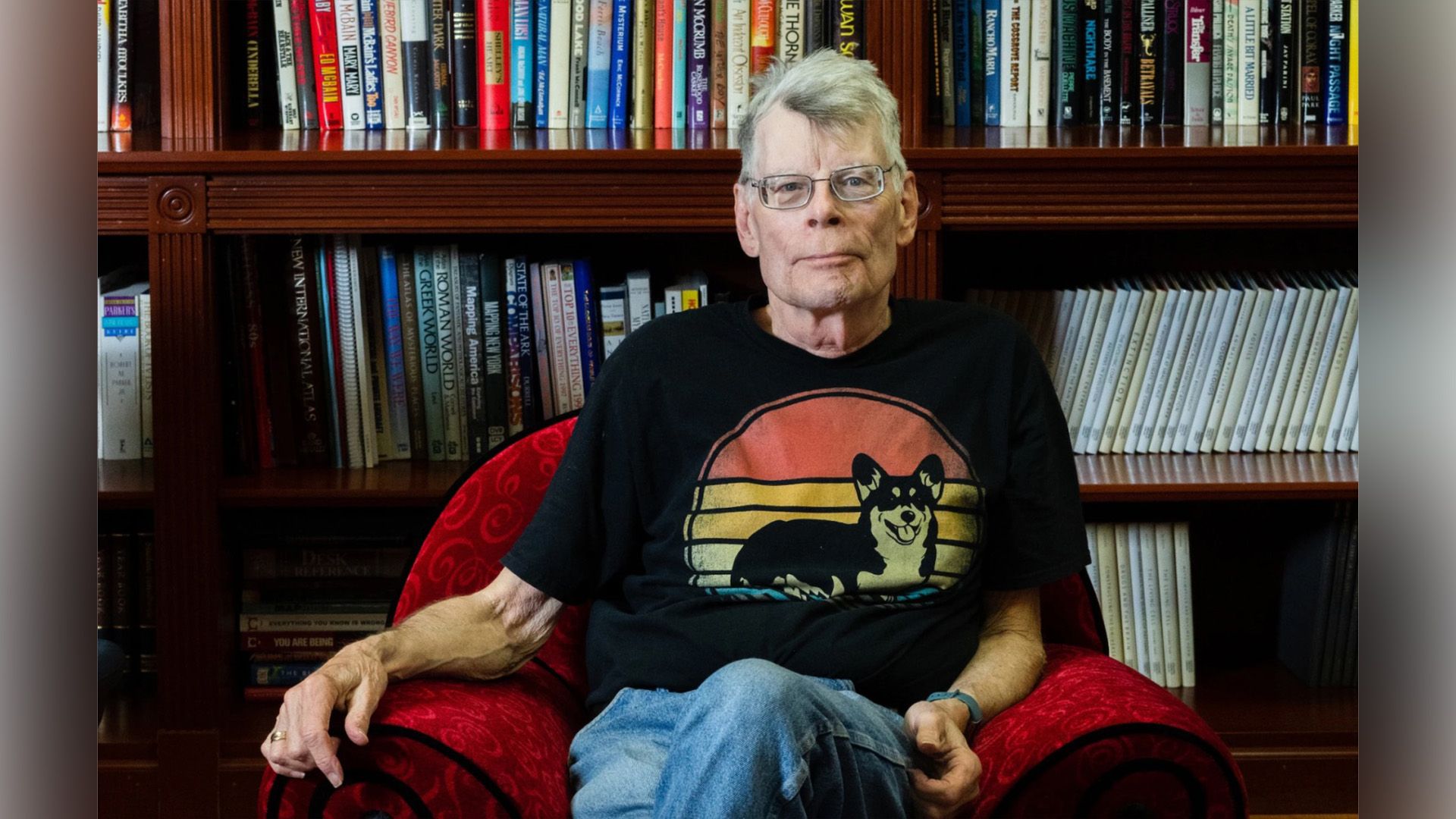
Interesting Facts
- Since the early '80s, Stephen King has made it a tradition to pop up in cameos throughout film adaptations of his works. In "Creepshow," he memorably played the doomed Jordy Verrill, while in "Maximum Overdrive," he appeared as a man trying to get cash from an ATM. Fans loved seeing him as a priest in "Pet Sematary" and as Mr. Bangor, the pharmacist in "Thinner." He also rocked out as frontman of the "Gage Creed Band" in "The Shining" miniseries and played the grizzled biker Cleaner in "Sons of Anarchy."
- In 2023, Stephen King had hip replacement surgery after his right leg started giving out. King said it was all fallout from that devastating accident he suffered back in the late '90s.
- In 2024, King joined an activist community advocating for Joe Biden to withdraw from the election. King argued that the sitting president should step aside for the good of the country and announce he wouldn't seek reelection. Elon Musk quickly fired back, claiming that even King was voting for Trump – though King never said any such thing and has consistently opposed the polarizing Republican.
Important Life Events
- 1959: Became the publisher of the newsletter "Dave's Rag."
- 1966: Entered university, graduated with a degree in English Literature and Rhetoric.
- 1970: His daughter Naomi was born to Tabitha Spruce.
- 1971: Worked as an English teacher at a school. Married Tabitha Spruce.
- 1972: Son Joseph Hillstrom was born.
- 1974: Wrote and published his breakthrough novel "Carrie," which became a film two years later.
- 1975: Wrote and published the novel "The Shining," which was adapted into a film five years later.
- 1977: Son Owen Phillip was born. Wrote and published the novel "Rage."
- 1978: Wrote and published the epic novel "The Stand," which has been adapted for film twice.
- 1980: Wrote and published the novel "Firestarter," which was adapted into a film twice.
- 1982: Began the "The Dark Tower" series with the novel "The Gunslinger."
- 1983: Wrote and published the novels "Pet Sematary," "Christine," and "Cycle of the Werewolf," which have been adapted into films five times total.
- 1986: Wrote and published the terrifying novel "It," which has been adapted for film three times.
- 1987: Wrote and published the novel "The Drawing of the Three" from "The Dark Tower" series.
- 1991: Wrote and published the novel "Needful Things," which was adapted into a film two years later. Published the third book "The Waste Lands" from "The Dark Tower" series.
- 1996: Wrote and published the novel "The Green Mile," which was adapted into a film three years later and won numerous awards.
- 2001: Wrote and published the novel "Dreamcatcher," which was adapted into a film two years later.
- 2004: Wrote and published the seventh book from "The Dark Tower" series with the same title.
- 2006: Wrote and published the novel "Cell," which was adapted into a film nine years later. The book "Lisey's Story" was also released.
- 2011: Wrote and published the novel "11/22/63," which was adapted into a film five years later.
- 2012: Wrote and published the last book "The Wind Through the Keyhole" from "The Dark Tower" series.
- 2014: Wrote and published the novel "Mr. Mercedes," which was adapted into a film three years later.
- 2018: Wrote and published the novel "The Outsider," which was adapted into a film two years later.
- 2022: Wrote and published the novel "Fairy Tale."
- 2023: Wrote and published the novel "Holly."
Found an error? Select the text and press Ctrl+Enter
Error in the text? Select it — a send button will appear
Stephen King: latest news and articles
-
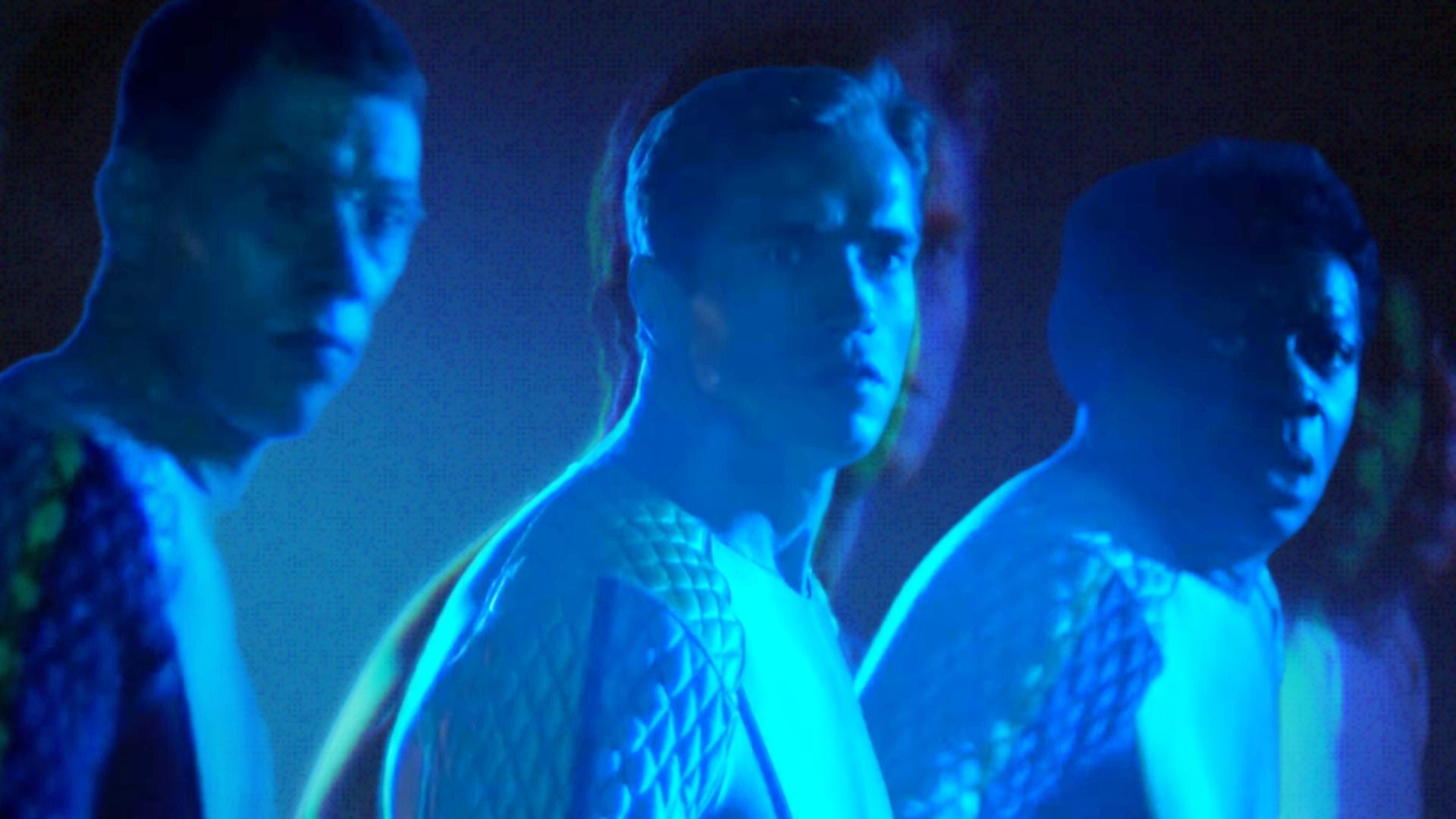
Top 3 Movies If You Loved Stephen King's "The Long Walk"
-
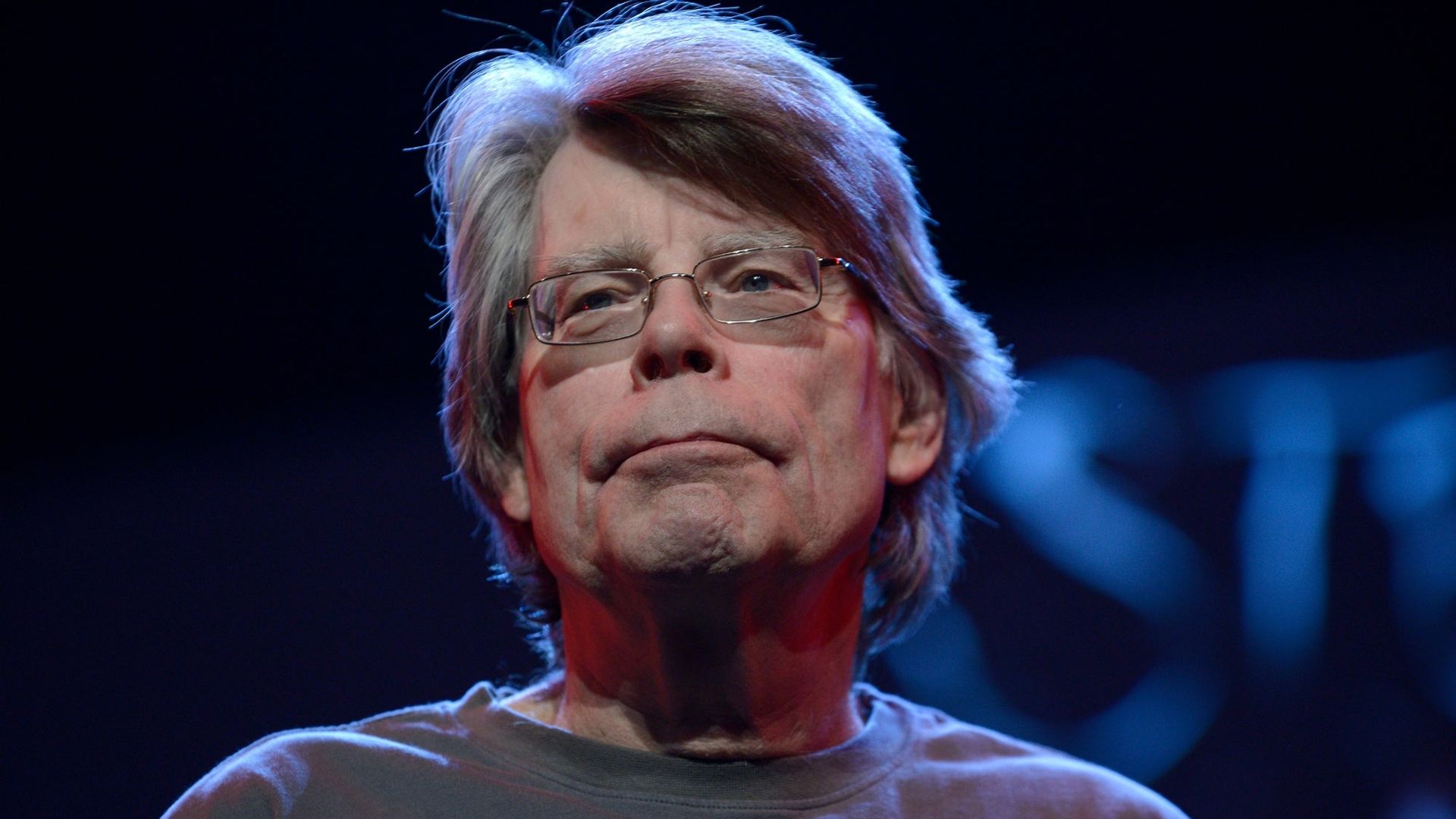
Stephen King's "Rat" Novella to Be Adapted for Screen
-
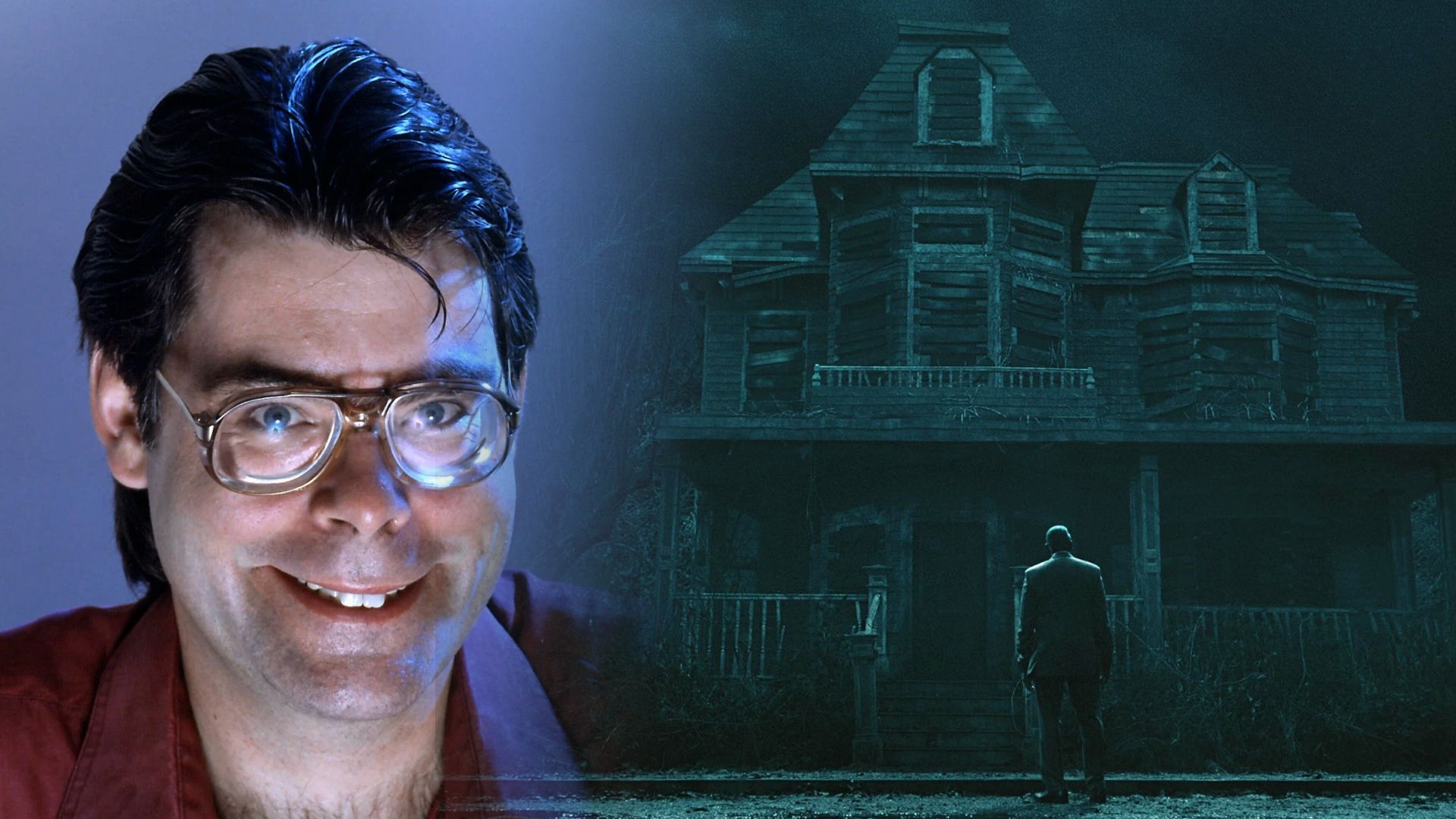
"Terrifying and Gripping": Stephen King Rarely Praises TV Shows, But He Called This One a Horror Masterpiece
-

The Film Called a Masterpiece: Stephen King's "The Long Walk" Earns 94% Fresh Rating on Rotten Tomatoes
